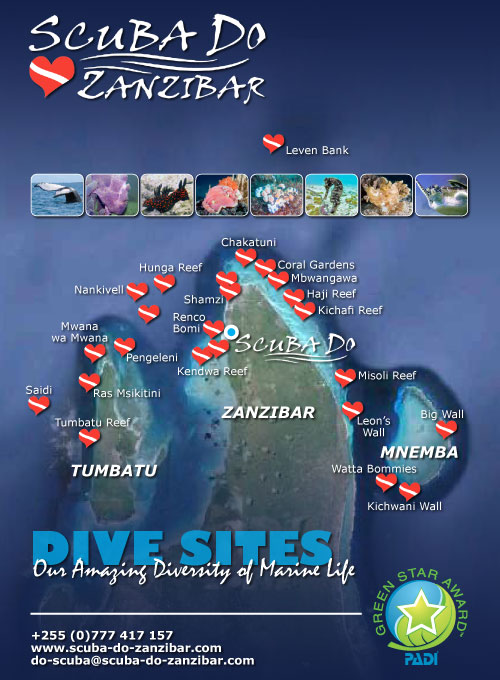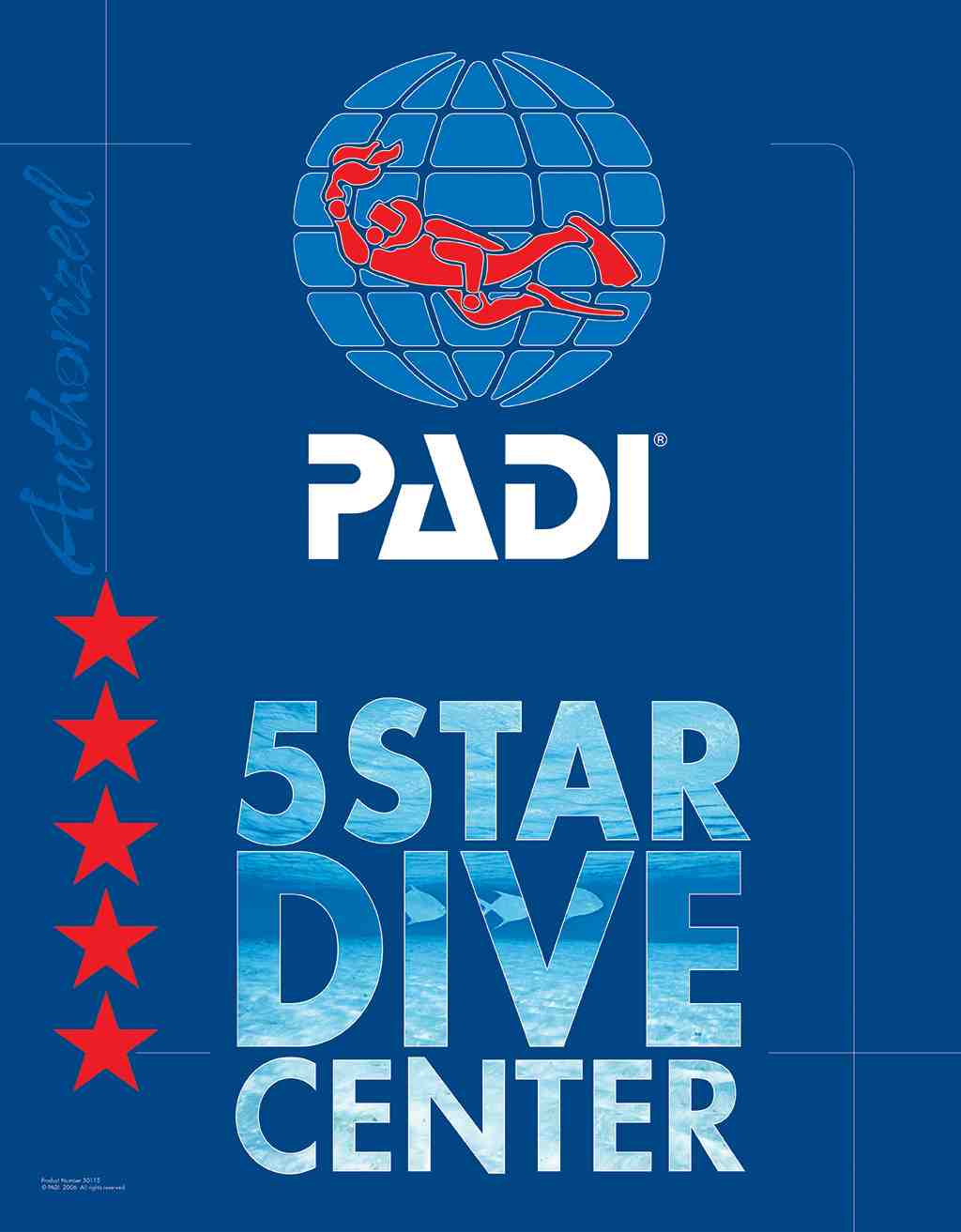East Coast Dive Sites
Many of dive sites on the East coast of Zanzibar offer some amazing topography of cabbage or plate corals on an extensive fringing reef following the East coast of Unguja Island. The reefs range from 10m - 18m deep which is ideal for a multilevel dive to extend bottom time.
Kichafi & Haji reefs are two adjacent but different reefs which are often expolored on a single dive to both reefs. When travelling from South to North, we begin in the stunning plate/petal/cabbage corals of Kichafi inspecting the crevices for hiding moral eels and enjoying the schooling snappers, emperors and often a few spadefish amongst the school. It is common to see lionfish hunting. In Zanzibar, lionfish are endemic to our ecosystem and not an introduced invasive species as in places like the Carribean. At the end of Kichafi reef, we hang a right and make a short swim over the sandy bottom around 12-14m depth depending on the tidal water movement to arrive at Haji Reef. This reef has quite a few soft corals, a very busy coral bomi at the beginning (South side) and an interesting natural arch. We often find octopus, turtles, leaffish, various other scorpionfish and many others.
Mbwangawa has two separate patches of the plate corals and then a mix of hard and soft corals on the other areas. We enjoy seeing the starry pufferfish swimming on top of the reef and sometimes small to medium size groupers hiding in the crevices. We are likely to find peacock mantis shrimps, cuttlefish, octopus, and many different scorpionfihs.
Coral Gardens has recently been a very popular hangout for our green seaturtle population and an occasional hawksbill. Moray eels, octopus, and the usual suspects however don't forget to look for the small things as we have seen many nudibranches, shrimps and even seagrass ghost pipefish on this site!
Chakatuni Reef is located right at the northern tip of Unguja island and can be a little tricky for currents so we feel it is best dived on a slack tide. We prefer the low slack, so if the current starts to pick up it will take us to the shallows rather than to the deep. Because of the currents, it is a great place to find schooling fish and often, the bigger the current, the bigger the fish!








